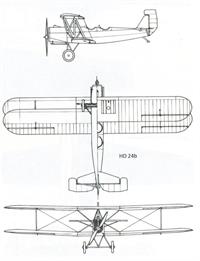


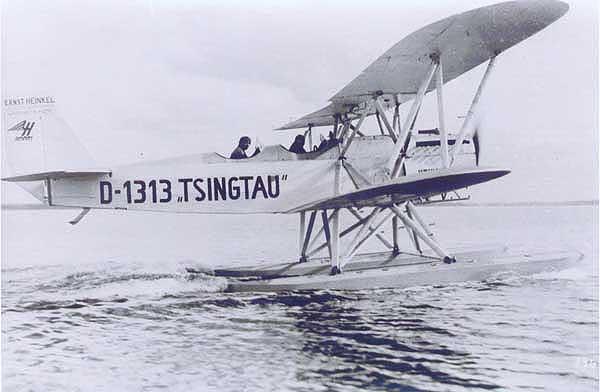
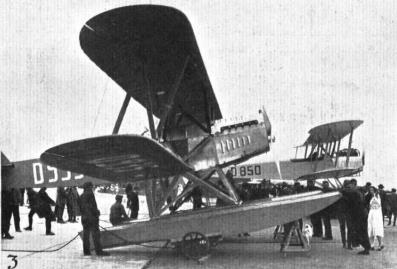

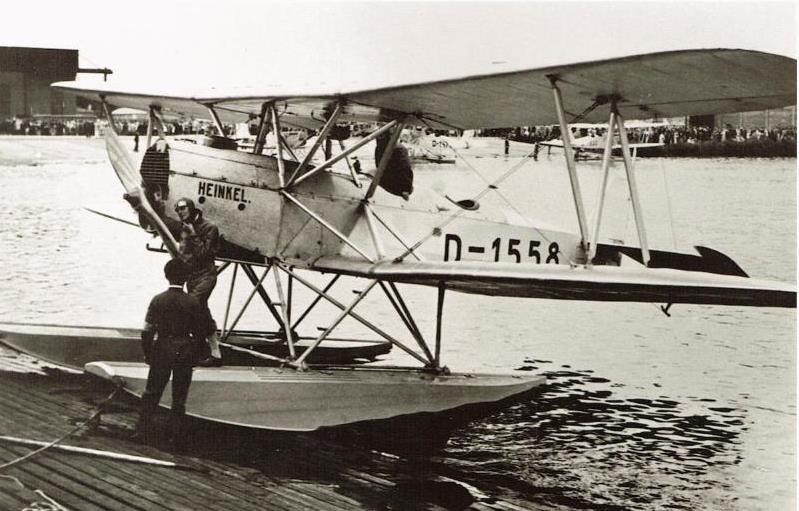
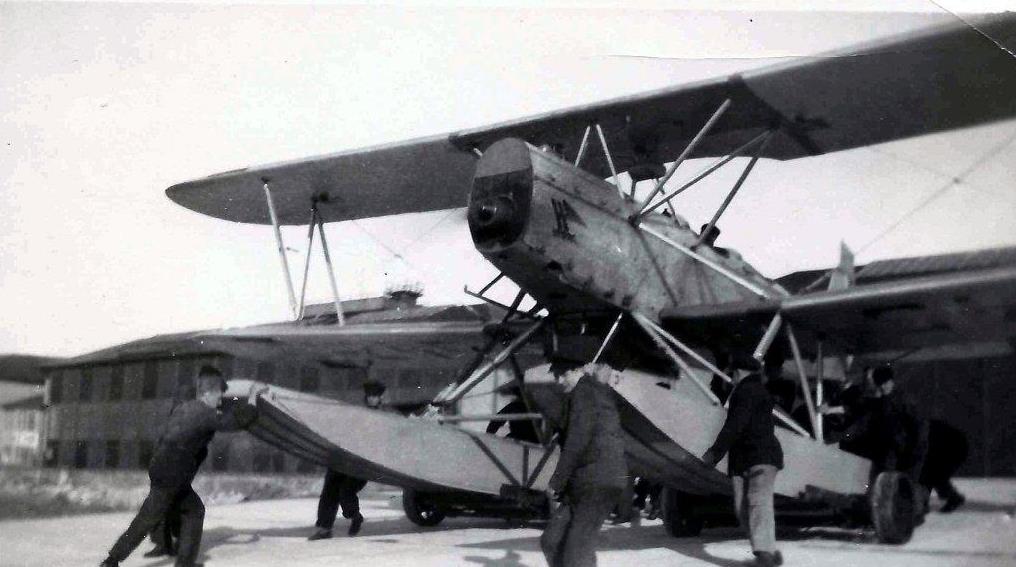



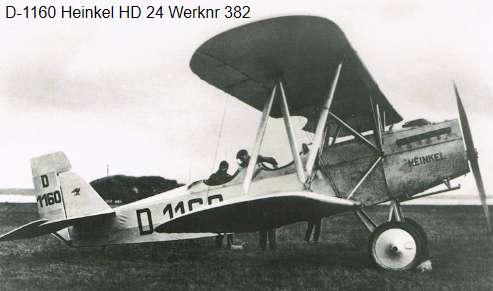
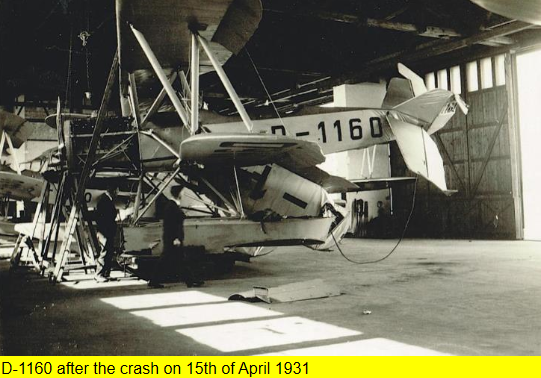


| Type | 2-seat trainer HD 24a | 2-seat seaplane trainer HD 24b |
| Engine | 1 BMW IV | 1 BMW Va |
| Dimensions | Length 8,60 m, height 3,84 m, span 14,2 m, wing area 50,1 m2 | Length 9,65 m, height 4,15 m, span 14,2 m, wing area 50,1 m2 |
| Weights | Empty 1300 kg flying weight 2150 kg | Empty 1500 kg flying weight 2150 kg |
| Performance | Max. speed 180 km/h, range 600 km, service ceiling 4500 m, climb 4,3 m/sec | Max. speed 168 km/h, cruising speed 150 km/h, range 600 km, service ceiling 4500 m, climb 4,3 m/sec |